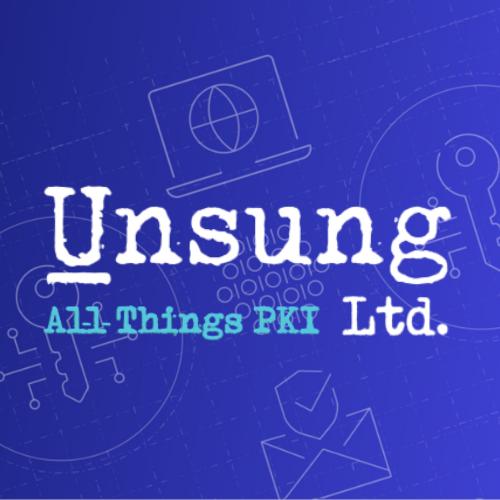How to Evaluate CLM Vendors and Licensing Models
Introduction
Selecting the right Certificate Lifecycle Management (CLM) vendor is a strategic decision that impacts not only IT operations but also the organisation’s broader security posture. The platform will serve as a foundational element for maintaining trust, compliance, and operational continuity across multiple business units. Because CLM directly affects areas such as application uptime, secure communications, and regulatory compliance, a poor vendor choice can have long-term consequences. Evaluating vendors thoroughly—both in terms of technical capabilities and commercial fit—is critical. This includes examining their licensing models, as these will determine how cost-effectively the solution can scale in step with your organisation’s growth.
Defining Your Requirements
A successful vendor evaluation starts with a clear understanding of your current and projected certificate management needs. This is not limited to a simple inventory count but should encompass:
- The number of certificates in use now, as well as forecast growth over one, three, and five years.
- The types of certificates required, such as internal PKI-issued certificates, public TLS/SSL certificates, and short-lived certificates for microservices.
- Integration needs with existing infrastructure, including Certificate Authorities (CAs), DevOps pipelines, cloud providers, and IT service management platforms.
- Functional requirements such as automation for issuance and renewal, policy enforcement for key lengths and algorithms, and reporting for audits and compliance checks.
By mapping out these requirements in detail, you create a benchmark for assessing how well each vendor’s solution aligns with your operational and strategic objectives.
Evaluating Vendor Capabilities
Once requirements are defined, focus on vendor capabilities that directly affect performance, security, and adaptability. Key areas to evaluate include:
- Compatibility with multiple Certificate Authorities to avoid vendor lock-in and improve resilience.
- Support for on-premises, cloud, and hybrid deployments, ensuring the solution can operate seamlessly across all environments.
- Availability and robustness of APIs for automation, enabling integration with CI/CD pipelines, orchestration tools, and monitoring systems.
- Security credentials such as ISO 27001 certification, SOC 2 compliance, and adherence to CA/Browser Forum guidelines.
- The quality and responsiveness of customer support, backed by well-defined service-level agreements (SLAs) to ensure timely resolution of incidents.
Vendors that excel in these areas are more likely to deliver a platform capable of meeting both current and emerging needs.
Understanding Licensing Models
Licensing is often where a seemingly cost-effective solution becomes expensive over time. Common pricing models include:
- Per-certificate pricing, where charges are based on the number of certificates under management.
- Per-user or per-device pricing, which may be better suited for environments with stable headcounts but fluctuating certificate volumes.
- Tiered packages based on usage volume or access to advanced features.
The right model should allow for organic growth without sharp or unexpected cost increases. It should also be flexible enough to accommodate spikes in certificate usage, such as during a cloud migration or a major application rollout.
Total Cost of Ownership
The licence fee is only part of the equation. A true cost assessment should include:
- Implementation costs, including professional services or internal resources required for setup.
- Training and onboarding expenses to ensure teams can use the system effectively from day one.
- Integration costs for connecting the CLM with existing systems, such as SIEM platforms, HSMs, or IAM tools.
- Potential ongoing costs for storing and analysing certificate-related events in a SIEM, which may increase with higher monitoring granularity.
Considering the total cost of ownership ensures you are not caught off guard by hidden or recurring expenses.
ConclusionChoosing the right CLM vendor is not a decision to rush. It requires balancing the platform’s technical capabilities with its commercial and operational fit. The most effective solutions combine wide CA compatibility, robust automation, flexible integration options, and strong security credentials, all delivered through a licensing model that scales predictably. By clearly defining your requirements, thoroughly evaluating vendor features, and carefully assessing the total cost of ownership, you position your organisation to select a CLM solution that not only meets today’s needs but can adapt to future growth, evolving security demands, and shifts in the technology landscape. This approach ensures that your investment delivers long-term value while maintaining the security and trust your organisation depends on.



